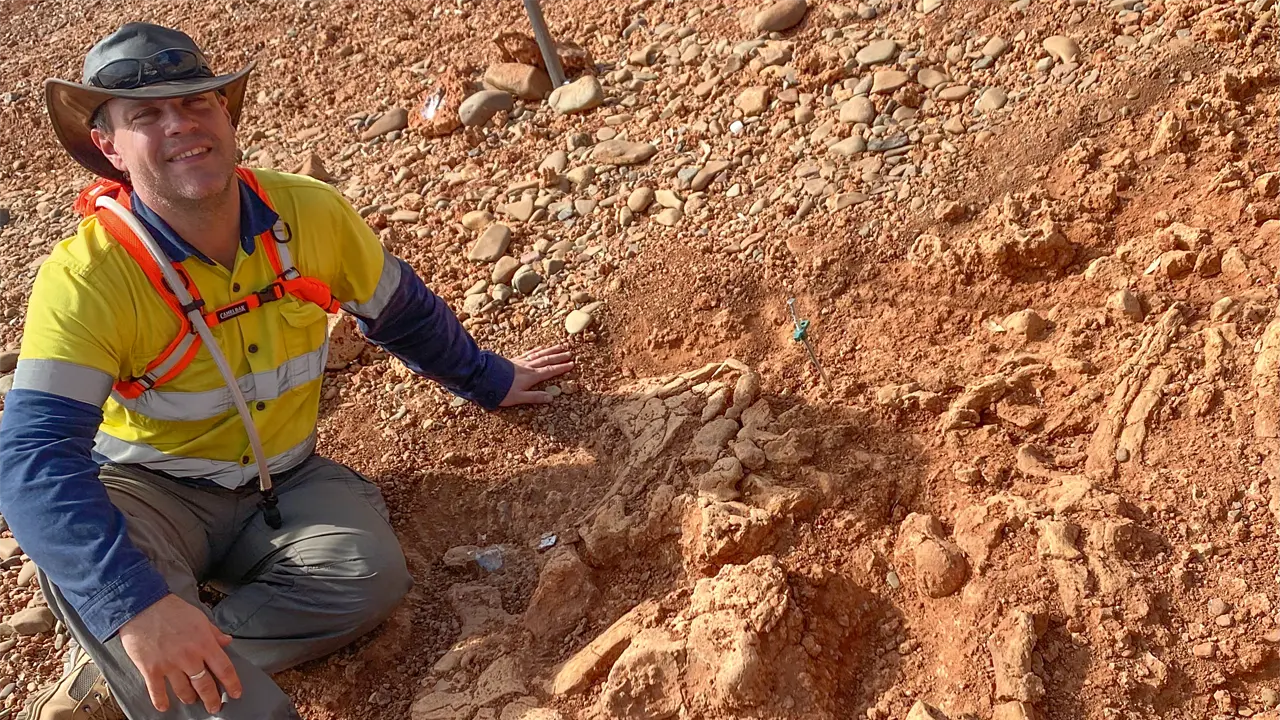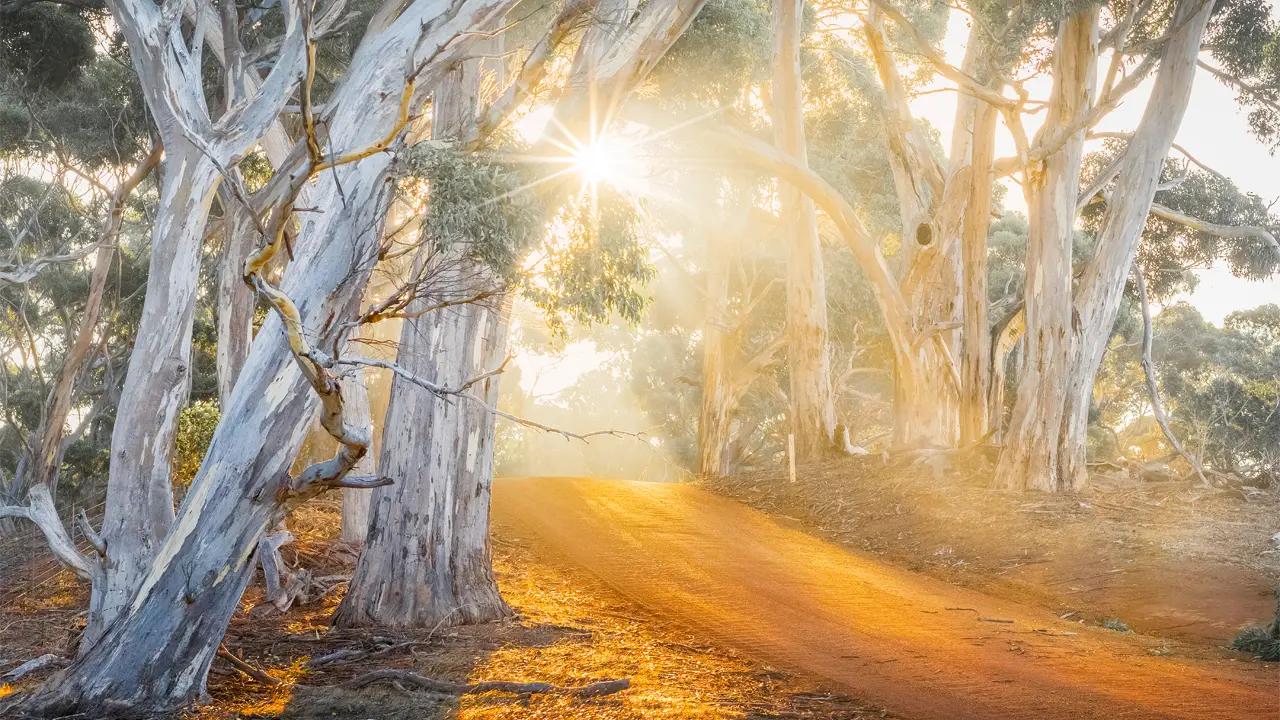Australia’s native Pacific black duck is under threat of hybridisation from the domestic Mallard.
Story By Kathy Mexted
The snowy blossoms of an old pear tree peek out from their winter pods. A warming sun throws dappled light onto a clump of emerging daffodils and as spring blinks and awakens there is a rustle in the long grass next to the roadside mailbox.
A Pacific black mother duck and her nine baby chicks emerge from their nest in the lush growth of the table drain. The babies waddle head to tail after their mother as she leads her brood under the farm gate, past the garden and onto the freshwater dam where they feed on small invertebrates and insects. The mother will feed on seeds, shoots of aquatic grasses and maybe some yabbies. It’s a hazardous journey for the chicks, who are usually out of the nest as soon as they hatch to make easy pickings for hawks, eagles, snakes and goannas, but they stick close to their mother for the first couple of months until they can fly. The fluffy chicks show classic Pacific black features, with a distinctive black stripe across the crown of their head, and another split stripe running from the bill up through the eye, and across the cheek. However, all is not as it seems. Many of our native Pacific Blacks are starting to display changes, brought about by hybridisation with an introduced species.
The breeding habits of the generally nomadic Pacific Black are currently the focus of research by Dr Patrick-Jean Guay from Victoria University. Dr Guay, who arrived from eastern Canada seven years ago, has a PhD in zoology and a post-doctorate thesis on black swans and the musk duck. He is now working on a three-year project to investigate and determine the genetic integrity of our wild duck population. “Hybridisation with mallards is a genuine threat to the Pacific black duck,” Patrick says.
It was the North American experience of mallards hybridising with the American black duck and threatening them with extinction, as has already occurred in New Zealand, that has raised the alarm here. “The big difference is that in North America it occurred naturally, and there’s nothing that can be done about it, but over here the domestic mallard is an introduced species,” Patrick says. “We have an artificial situation in Australia, which is potentially controllable.”
This story excerpt is from Issue #72
Outback Magazine: Aug/Sep 2010









